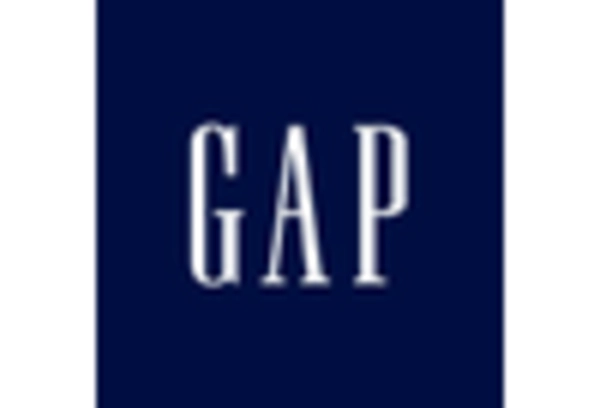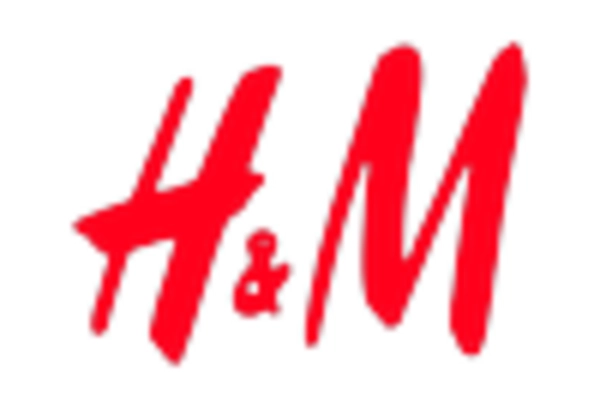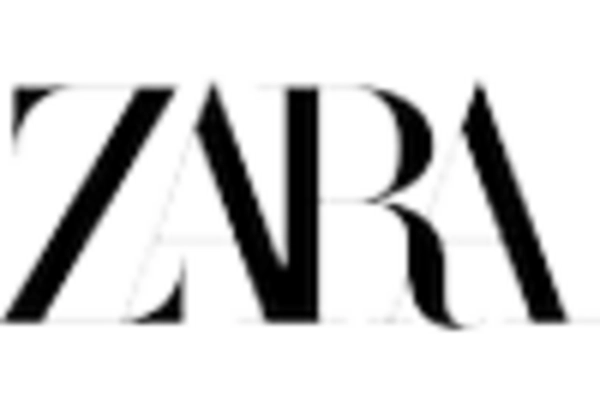Childrenswear Market Summary
As per Market Research Future analysis, the Childrenswear Market Size was estimated at 0.2804 USD Billion in 2024. The Childrenswear industry is projected to grow from USD 0.2966 Billion in 2025 to USD 0.5214 Billion by 2035, exhibiting a compound annual growth rate (CAGR) of 5.8% during the forecast period 2025 - 2035
Key Market Trends & Highlights
The Childrenswear Market is experiencing a dynamic shift towards sustainability and personalization, driven by technological advancements and changing consumer preferences.
- Sustainable fashion is becoming increasingly prevalent in the Childrenswear Market, particularly in North America.
- Personalization and customization options are gaining traction among parents, especially in the toddler segment.
- Technological integration in retail is enhancing the shopping experience, particularly in the Asia-Pacific region.
- Rising birth rates and growing awareness of sustainable practices are key drivers propelling market growth.
Market Size & Forecast
| 2024 Market Size | 0.2804 (USD Billion) |
| 2035 Market Size | 0.5214 (USD Billion) |
| CAGR (2025 - 2035) | 5.8% |
Major Players
Nike (US), Adidas (DE), H&M (SE), Gap (US), Zara (ES), Carter's (US), OshKosh B'gosh (US), The Children's Place (US), Primark (IE), Next (GB)


















Leave a Comment